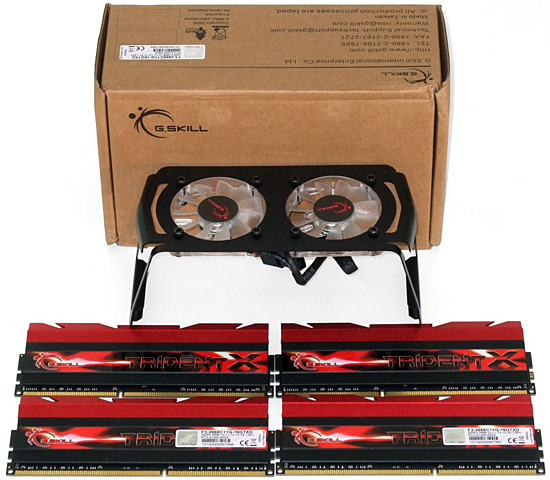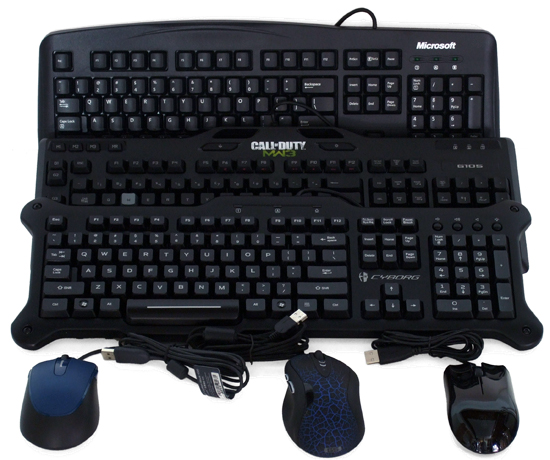Six $220-280 Z77 Express-Based Motherboards, Reviewed
Expanded graphics card support, enhanced on-board features that include Thunderbolt on some models, and more-robust voltage control are all good reasons to consider paying a little extra for a higher-end motherboard. Today we examine five top choices.
Test Settings And Compatibility
| Test System Configuration | |
|---|---|
| CPU | Intel Core i7-3770K (Ivy Bridge): 3.50 GHz, 8 MB Shared L3 Cache, LGA 1155 |
| CPU Cooler | Thermalright MUX-120 w/Zalman ZM-STG1 Paste |
| RAM | G.Skill F3-17600CL9Q-16GBXLD (16 GB), DDR3-2200 at DDR3-1600 CAS 9, 1.60 V |
| Graphics | Nvidia GeForce GTX 580 1.5 GB 772 MHz GPU, GDDR5-4008 |
| Hard Drive | Samsung 470 Series 256 GB, SATA 3Gb/s SSD |
| Sound | Integrated HD Audio |
| Network | Integrated Gigabit Networking |
| Power | Seasonic X760 SS-760KM, ATX12V v2.3, EPS12V, 80 PLUS Gold |
| Software | |
| OS | Microsoft Windows 7 Ultimate x64 |
| Graphics | Nvidia GeForce 296.10 WHQL |
| Virtu MVP | Version 2.1.114, GPU Virtualization, HyperFormance, No Virtual Vsync, where applicable |
| Chipset | Intel INF 9.3.0.1019 |
While G.Skill’s F3-17600CL9Q-16GBXLD provides the default DDR3-1600 CAS 9 settings we want for benchmarks, it’s no longer fast enough to push the limits of today’s best memory controllers. The firm provided a set of its F3-2666C11Q-16GTXD Trident X DDR3-2666 specifically to extend our overclocking capabilities.
We’re watching the gradual resolution of all of our previous peripheral woes as manufacturers continue to move their UEFI developments forward. Keyboards and mice from Microsoft and Logitech, plus a Saitek keyboard and Razer mouse, were all compatible with every board in both Windows and UEFI modes.
The question lingers about whether our previous purchase of these components was a waste of money. Some companies wait until a problem is exposed before they fix it, and this is especially true of minor issues such as UEFI mouse compatibility.
| Benchmark Configuration | |
|---|---|
| 3DMark 11 | Version 1.0.1.0, Benchmark Test Only, Virtu MVP Enabled Entry, Performance, and Extreme Presets |
| PCMark 7 | Version 1.0.4, PCMark, Productivity, Storage Suites Intel SATA Driver, Intel RST Monitor Installed |
| SiSoftware Sandra | Version 2012.10.18.74 CPU Arithmetic, Multi-Media, Memory Bandwidth benchmarks |
When testing products from different vendors based on dissimilar technologies, a real-world benchmark set helps us determine real-world performance differences. Yet, today’s boards center on the same chipset, and synthetics are more useful for finding the cause of performance deficits. Performance parity between all properly-designed Z77 motherboards has forced us to look for problems rather than solutions.
Get Tom's Hardware's best news and in-depth reviews, straight to your inbox.
Current page: Test Settings And Compatibility
Prev Page Z77A-GD80 Firmware Next Page Benchmark Results: 3DMark 11-
roberta As u have reviewed SIX (6) motherboards, the article's title should be:Reply
"Six $220-280 Z77 Express-Based Motherboards, Reviewed" -
mayankleoboy1 No SATA and USB tests ? data transfer speed differences will typically be noticable in everyday usage.Reply
Also, the time taken to show the windows loading screen/ BIOS page.. -
admit it.Reply
you really liked the black/grey dimms and PCI slots of the gigabyte better than the blue/black of the MSI! -
Crashman robertaAs u have reviewed SIX (6) motherboards, the article's title should be:"Six $220-280 Z77 Express-Based Motherboards, Reviewed"Let's see what the article says:ReplyThe one motherboard in today’s line-up with a 48-lane PCIe 3.0 bridge is ECS’ Golden Z77H2-AX. Unfortunately, this platform climbed $40 beyond the budget limit of today’s round-up in the time we've been reviewing it. We're tired of seeing board vendors playing pricing games based on our review schedule (this isn't the first time we're seeing a curiously-timed price move). So, since we put the work in to review ECS' submission, we're including our already-gathered data and simply withholding the board from any award candidacy.
mayankleoboy1No SATA and USB tests ? data transfer speed differences will typically be noticable in everyday usage.Also, the time taken to show the windows loading screen/ BIOS page..Would have covered windows load time except that it wasn't markedly different. That is, after disabling empty SATA controllers. If you count the time that it takes to get the "No Device Found" error on boards that have extra SATA controllers, you're penalizing a board for having more features.
Andrew Ku tests drive controllers. I'm trying to get him to "write the book" on controller performance, since dozens of boards use only a few different controllers. As for testing things like Z77 controller performance on board A vs Z77 controller performance on board B, it's a waste of time unless something is broken. So the article looked for "broken stuff". See the red bar on the first chart:
http://www.tomshardware.com/reviews/z77x-up5-th-z77a-gd80-z77-oc-formula,3305-22.html
With nothing broken, there's no excuse to test the Z77 controller six times. Back to me begging Andrew Ku for a comprehensive comparison of every SATA controller currently available on mainstream-brand enthusiast boards.
-
JeanLuc Arghh! Why the hell are you overclocking the base clock on Z77!! That will most likely cause permanent damage to your CPU.Reply -
You left out a key aspect for overclockers which is vcore offset.Reply
This allows ocer's to achieve higher overclocks while still retaining the power saving functions, instead of being forced to either reduce the overclock, or be forced to run high voltage 24/7.
MSI doesn't have this key feature. -
Onus I would think that the Sabertooth's five year warranty merits at least a mention in any value conclusion.Reply
-
luciferano JeanLucArghh! Why the hell are you overclocking the base clock on Z77!! That will most likely cause permanent damage to your CPU.Reply
Overclocking the BLCK is very unlikely to cause any damage, it's just likely to not give much of a stable overclock. -
Crashman jtt283I would think that the Sabertooth's five year warranty merits at least a mention in any value conclusion.I actually missed that, having checked the lesser brands just to make sure those still had their three year warranty. Will add it.Reply


